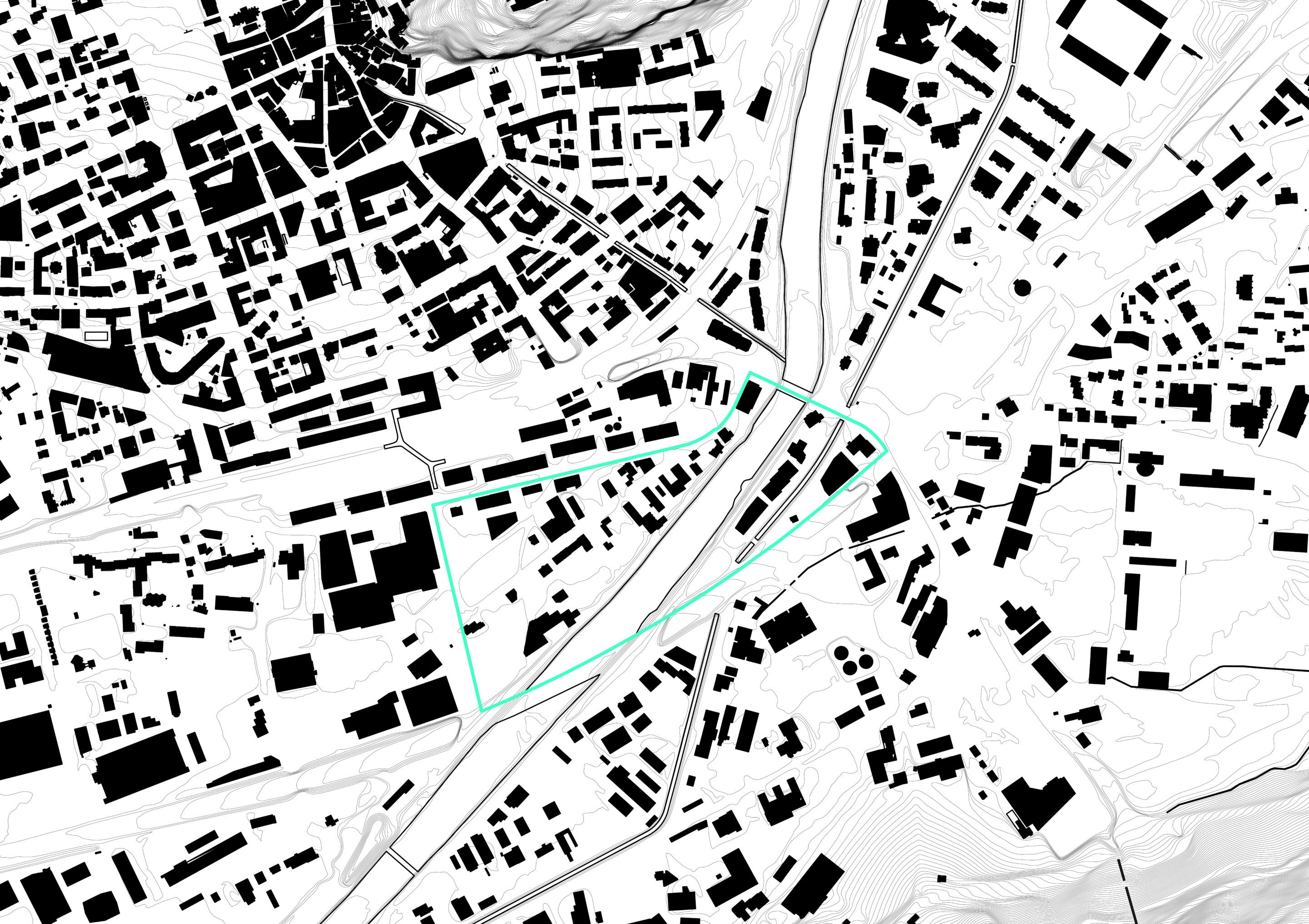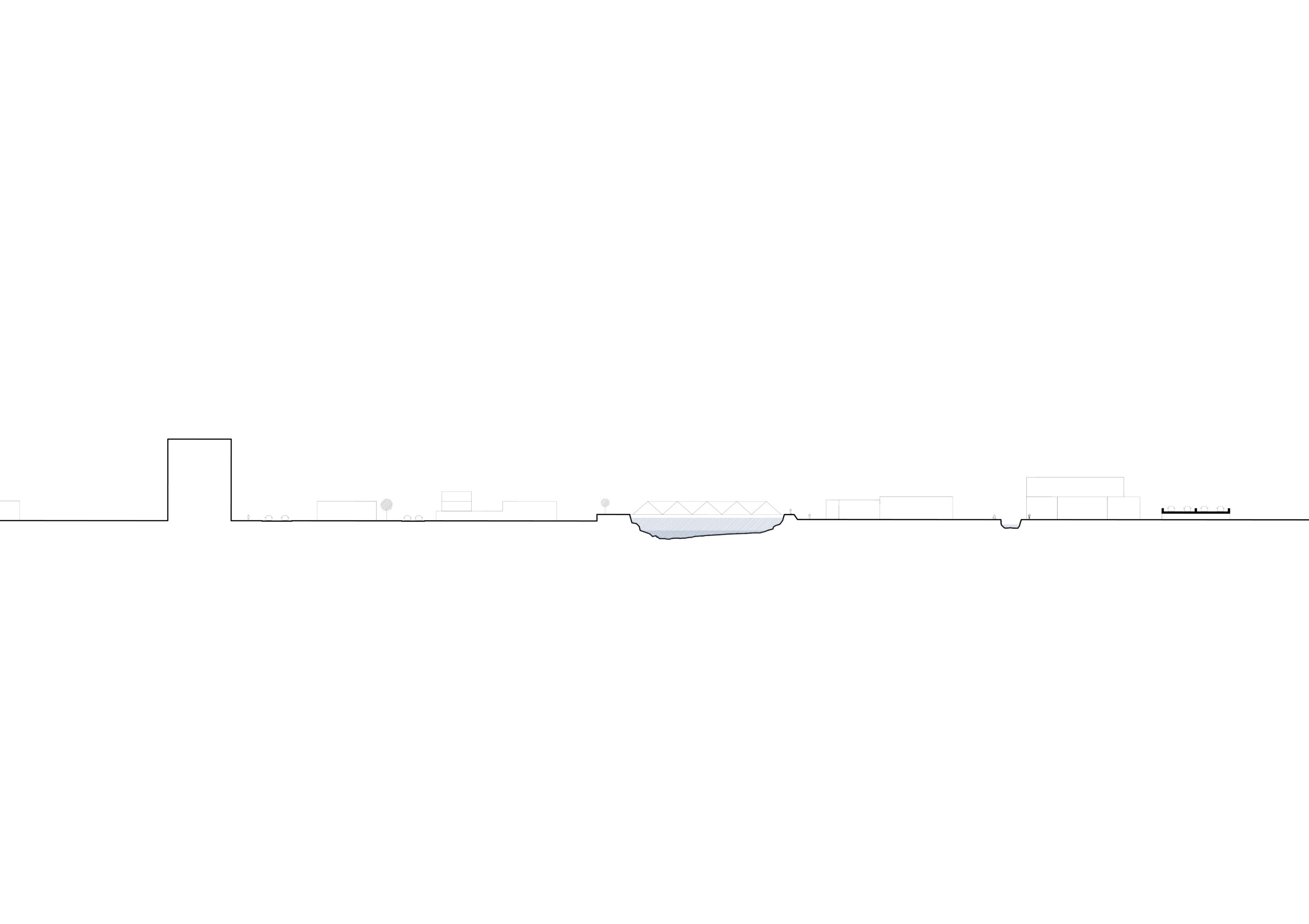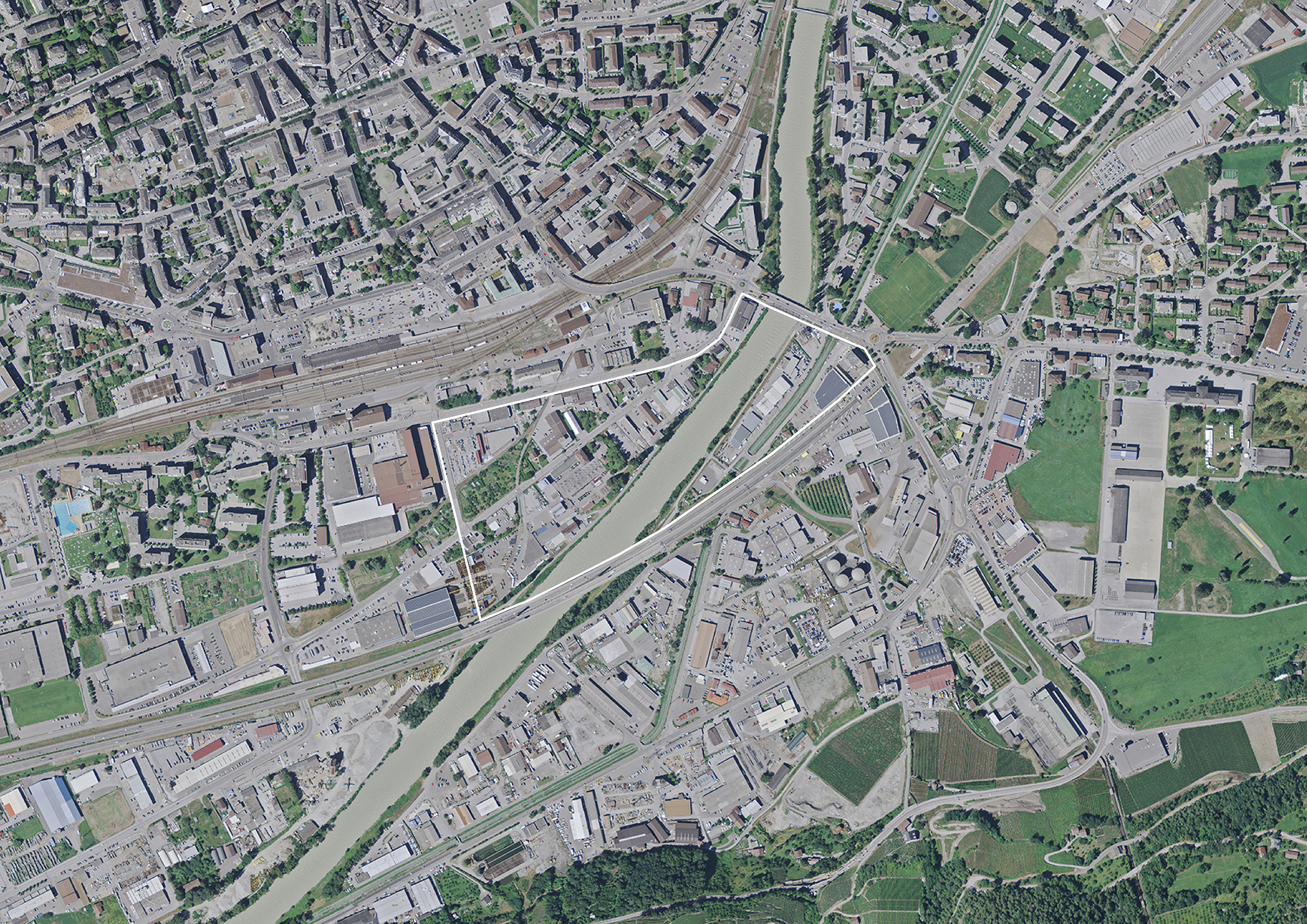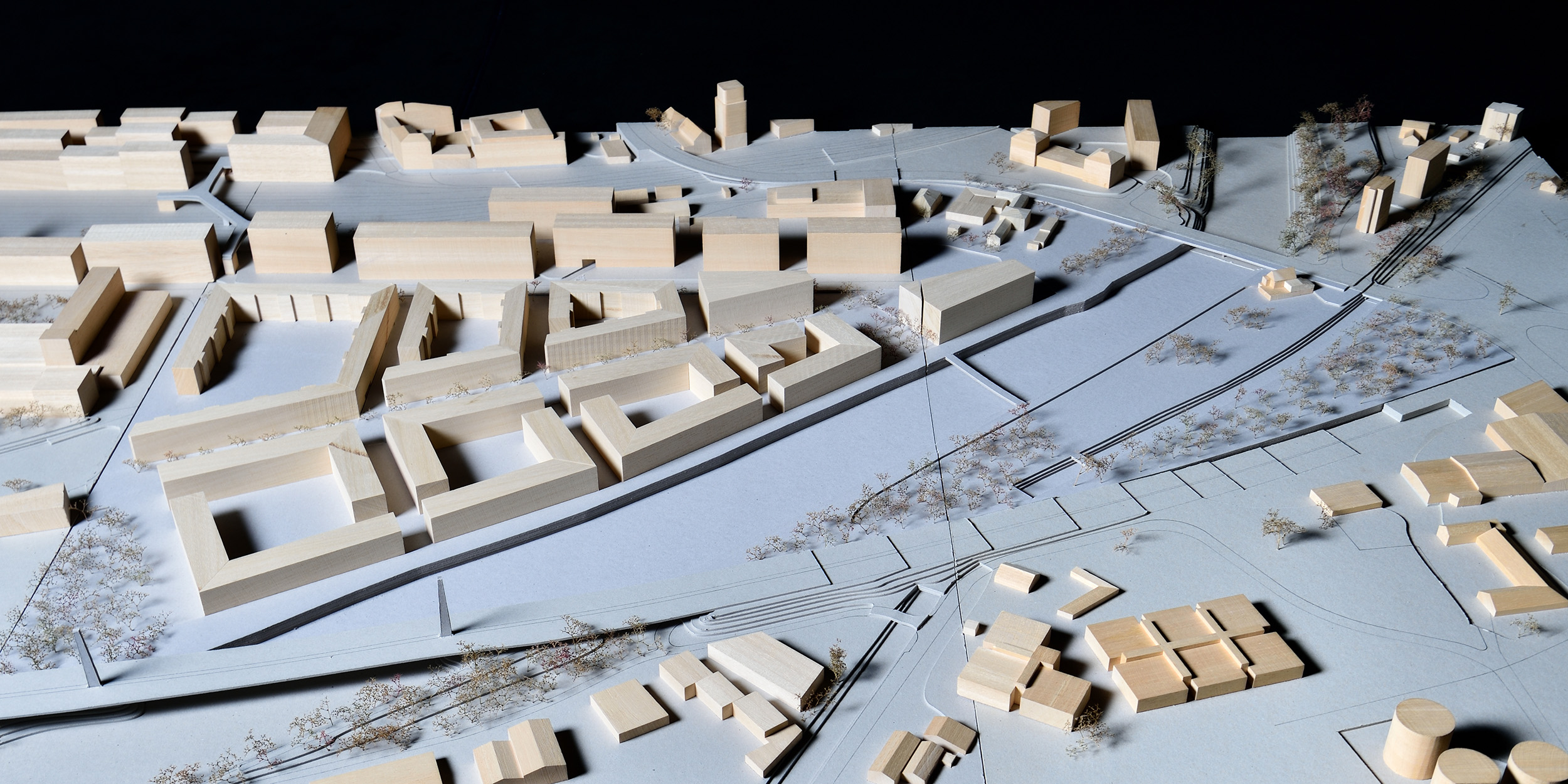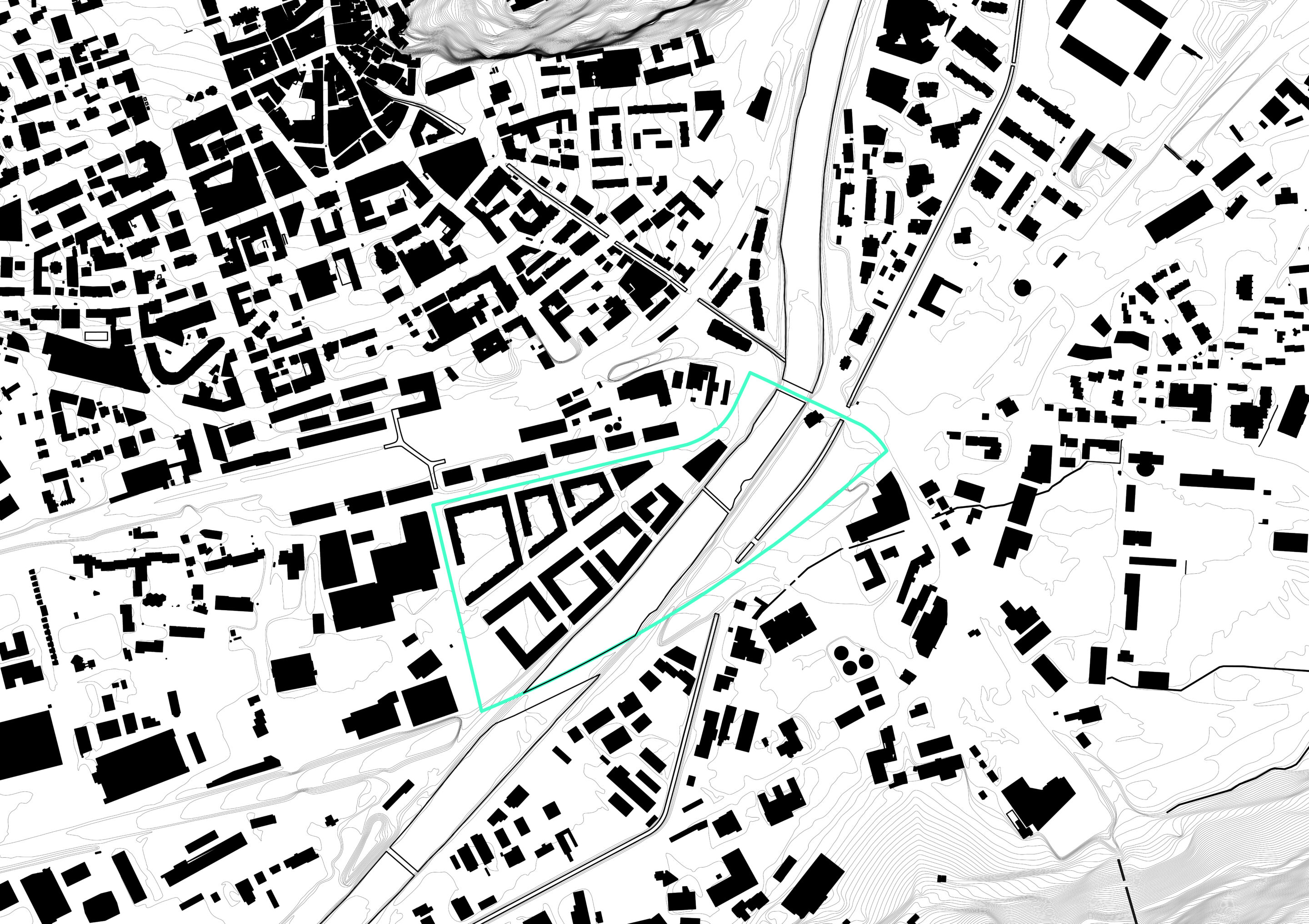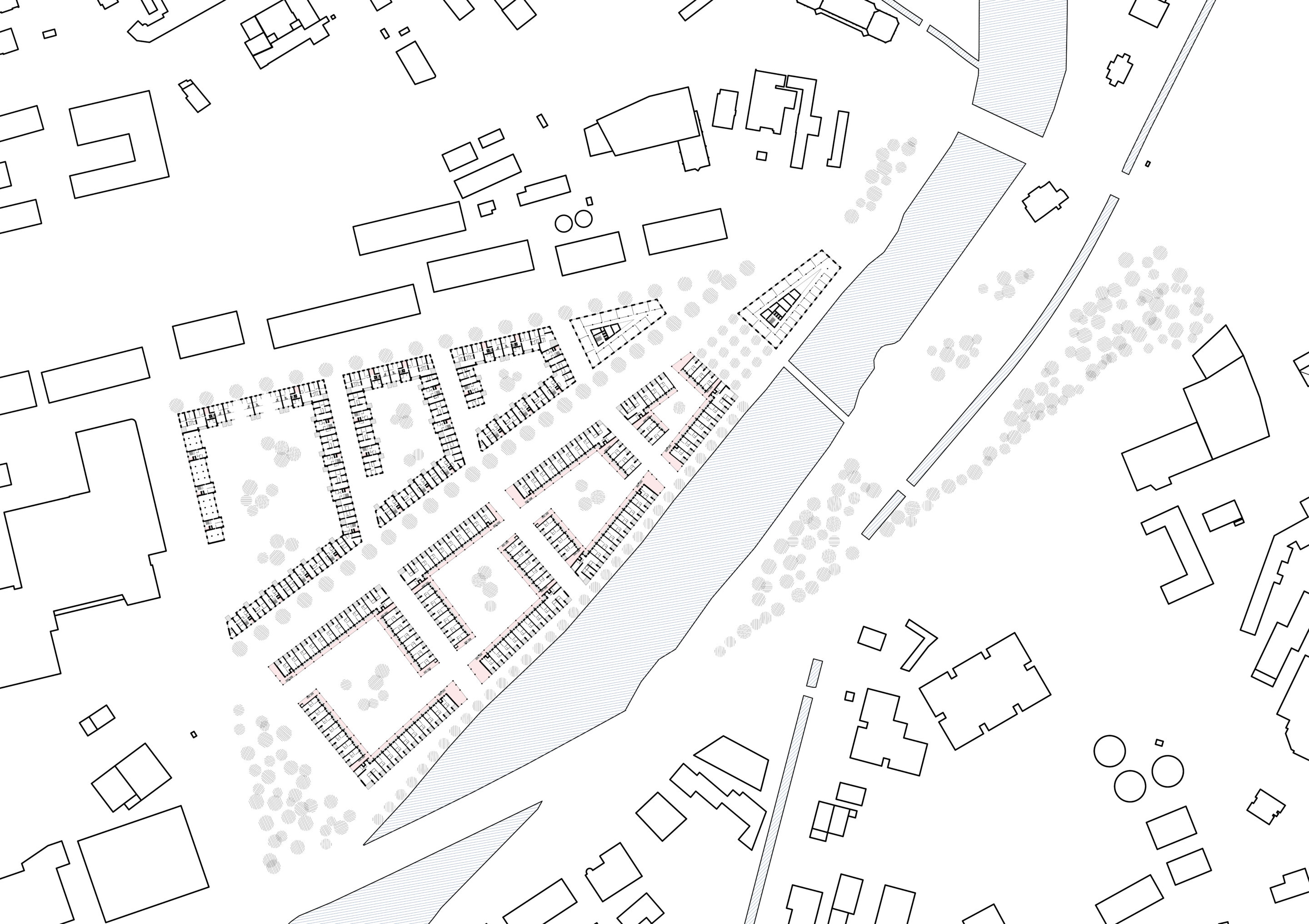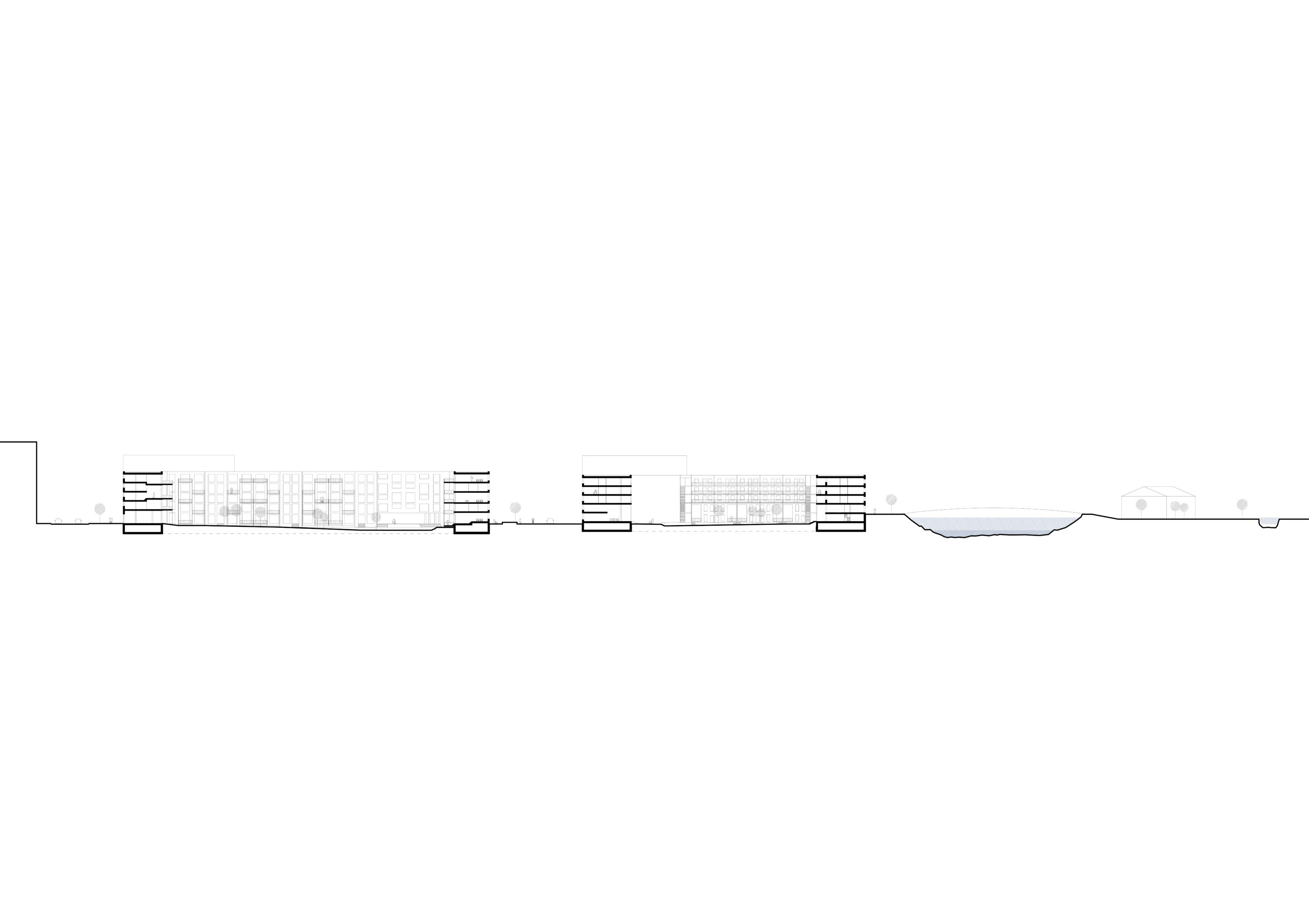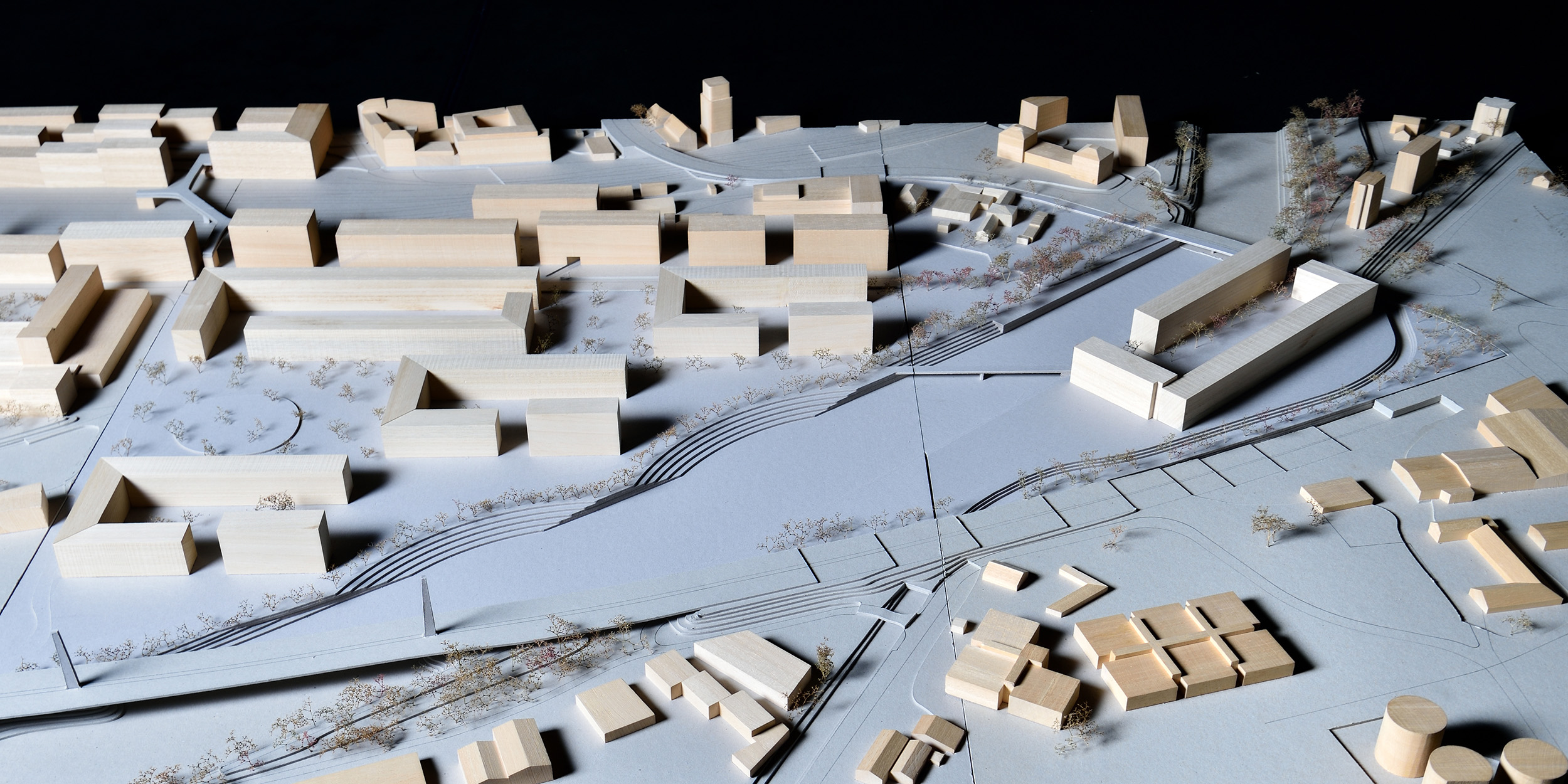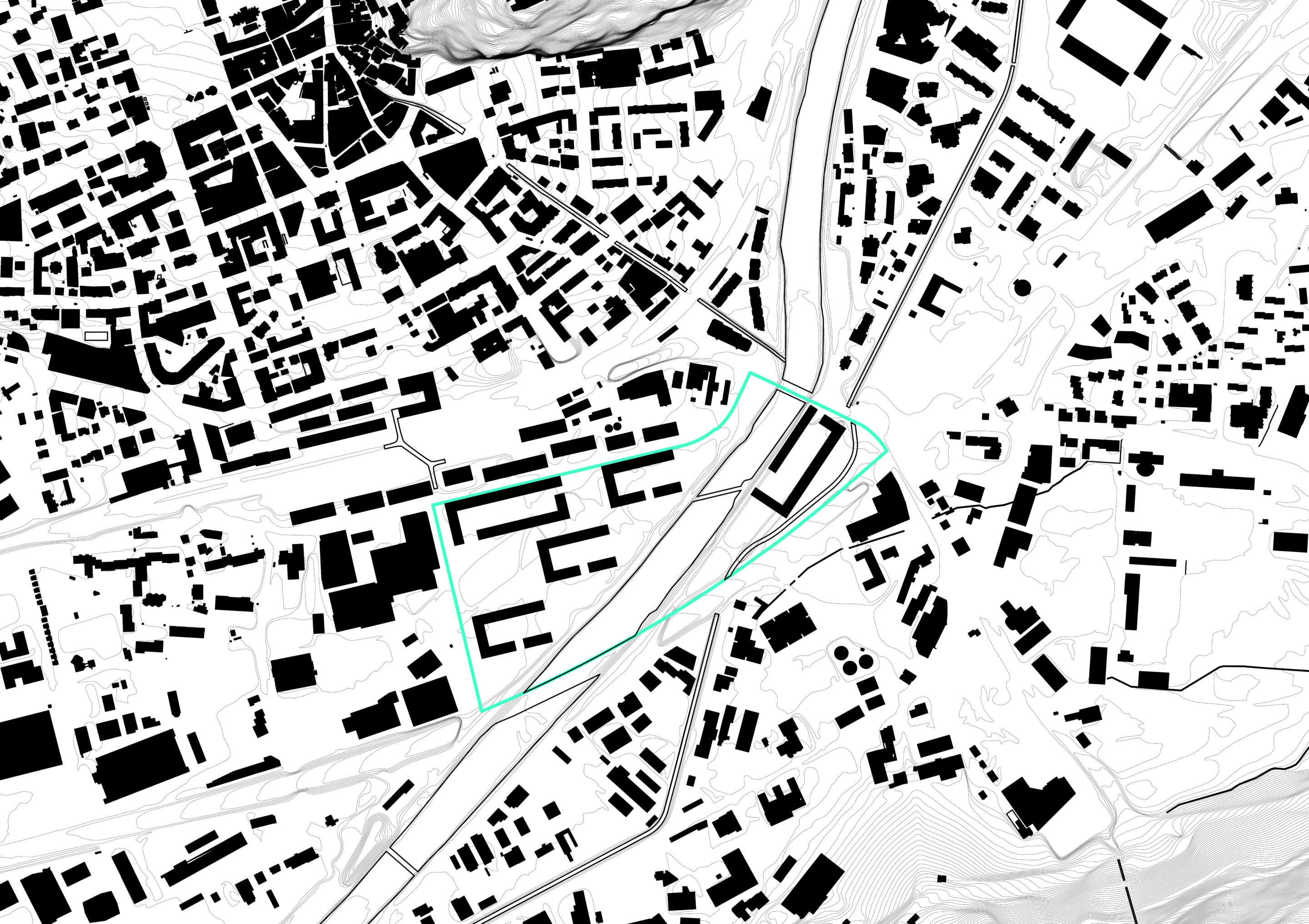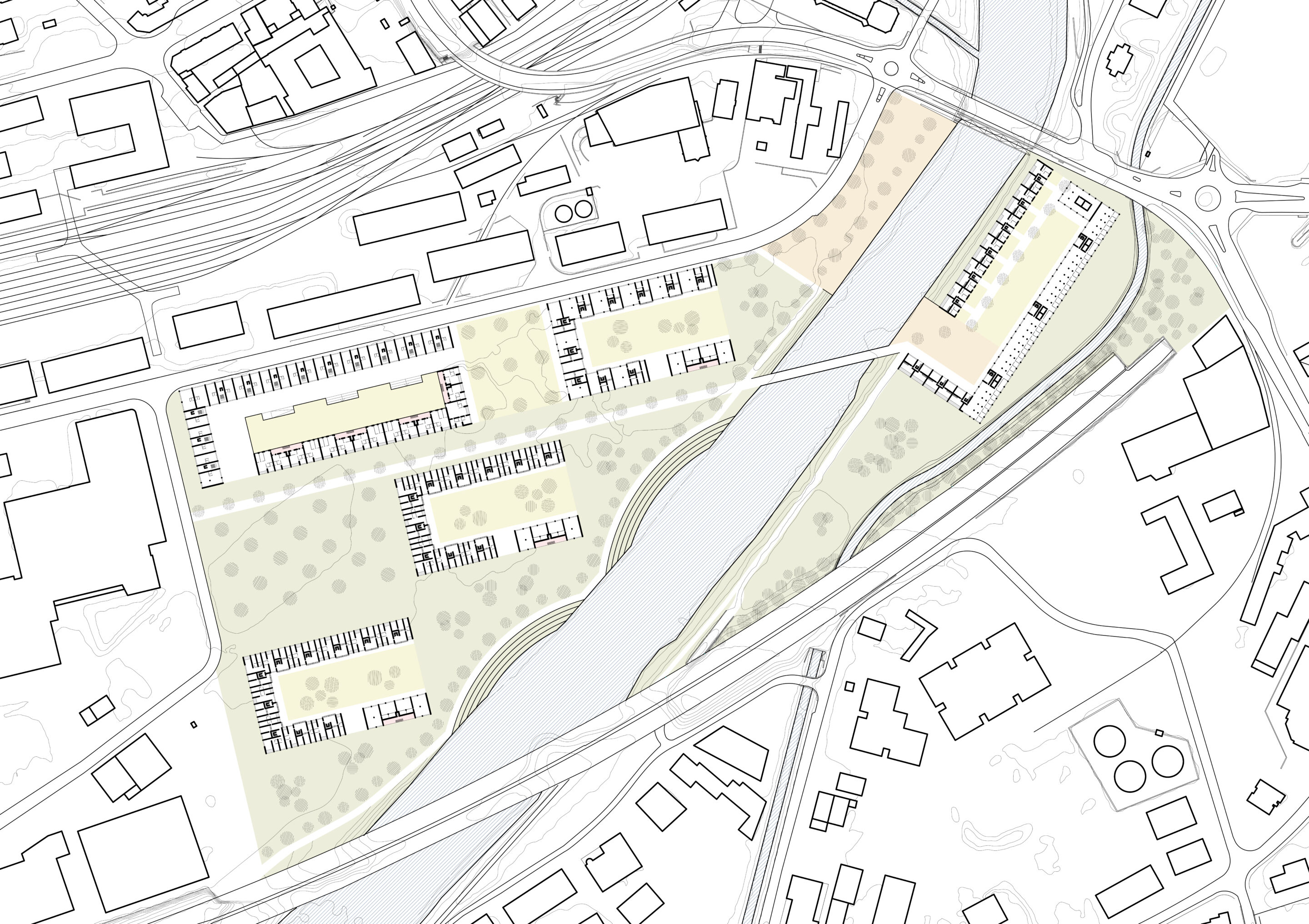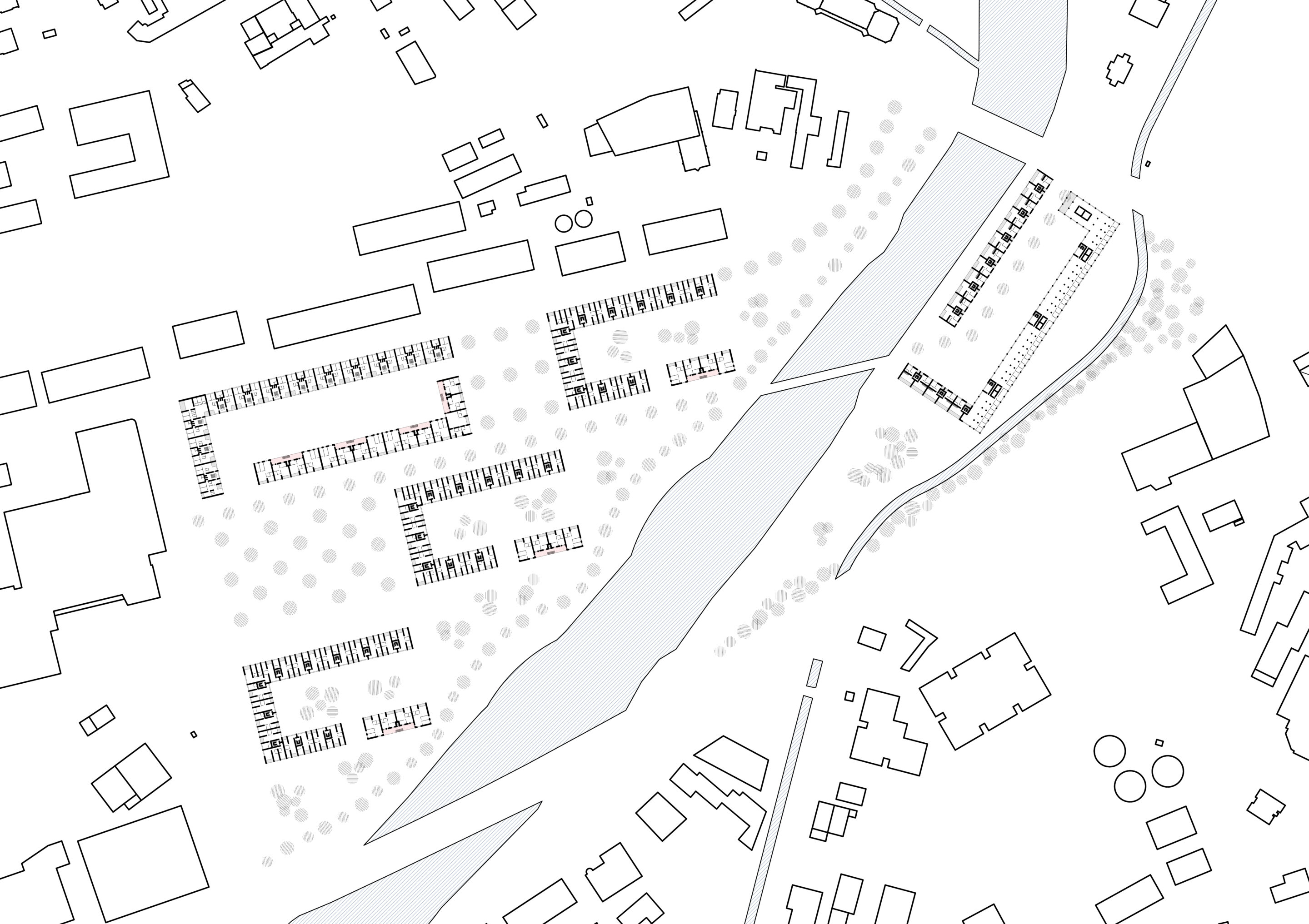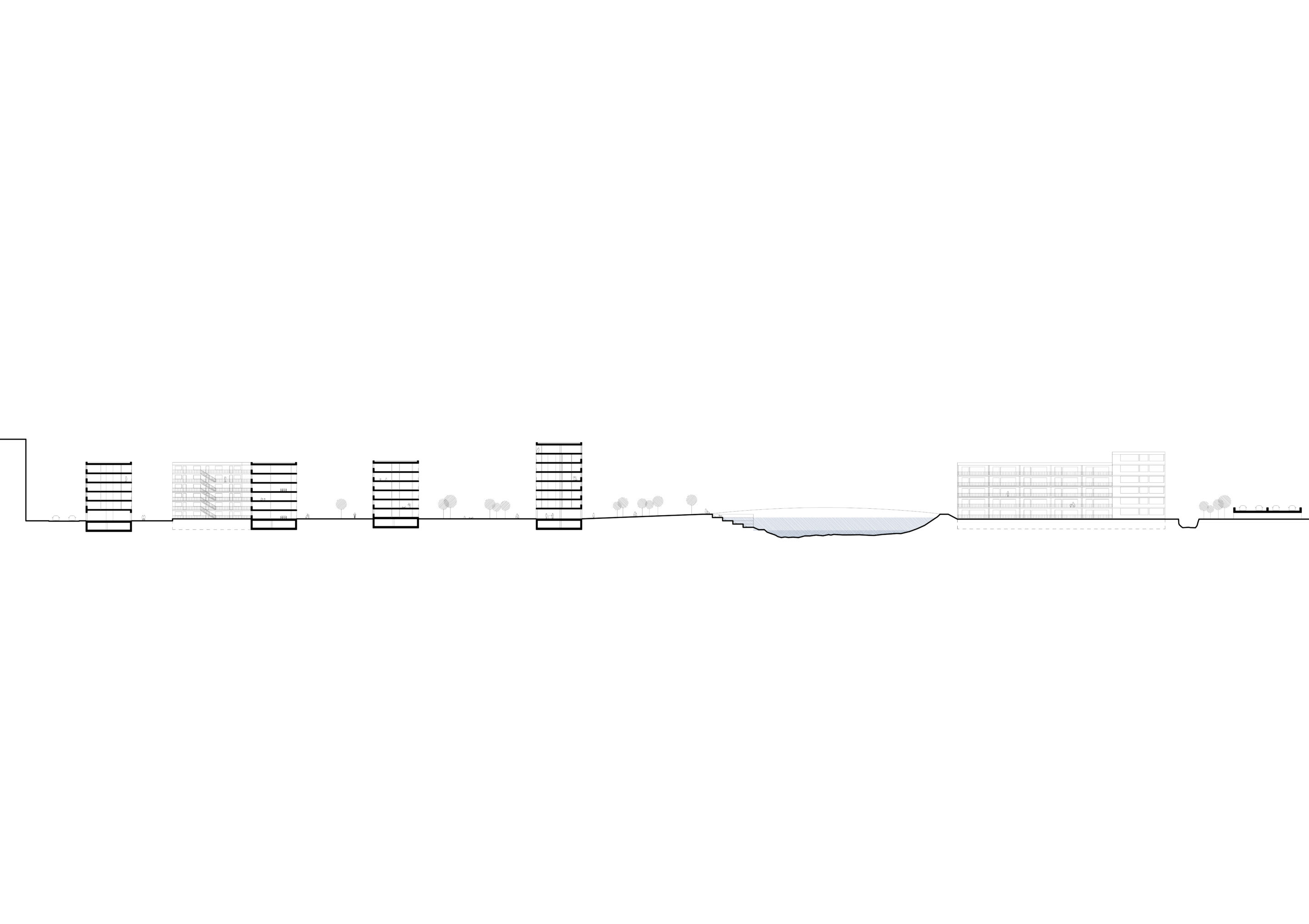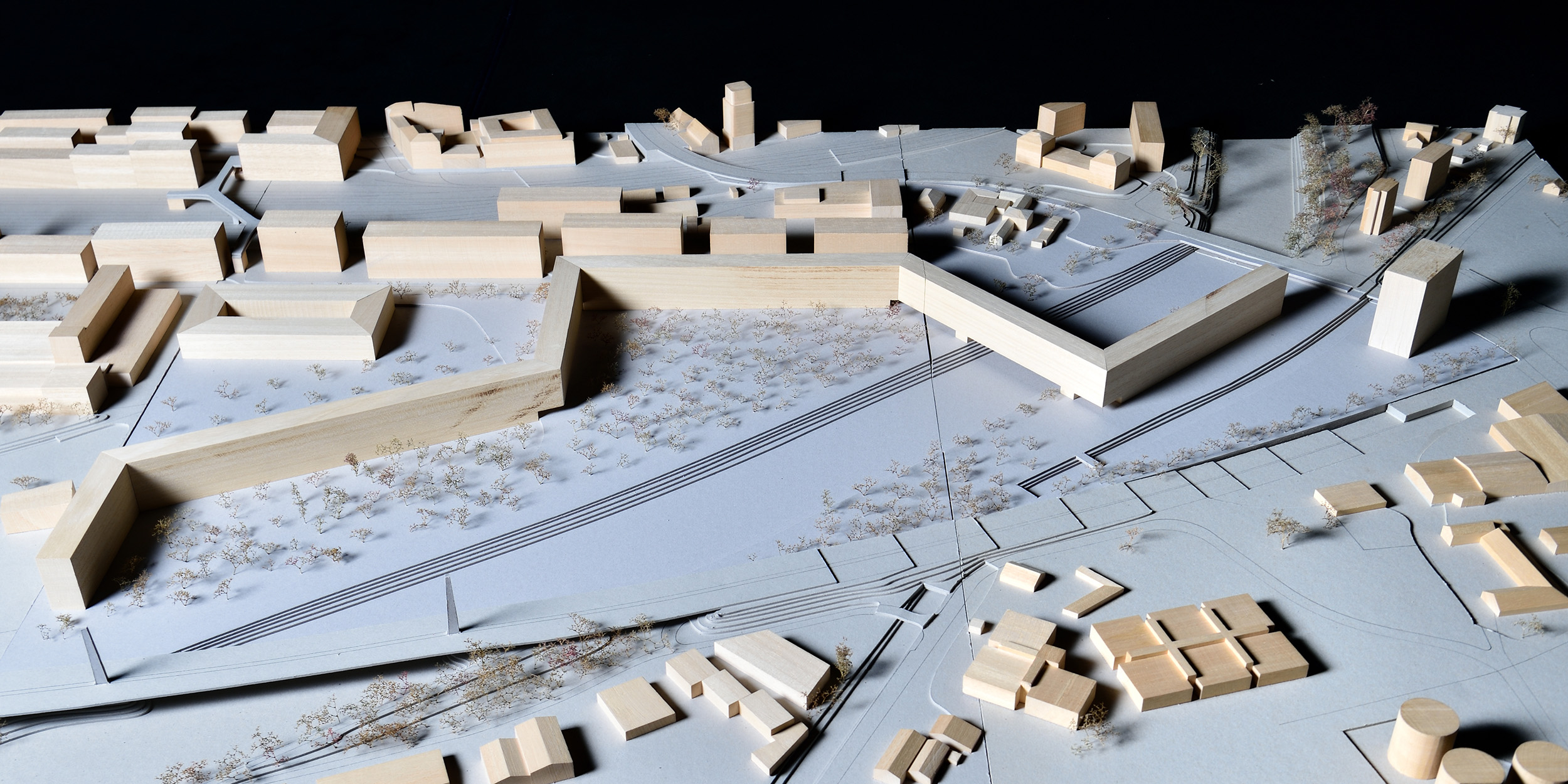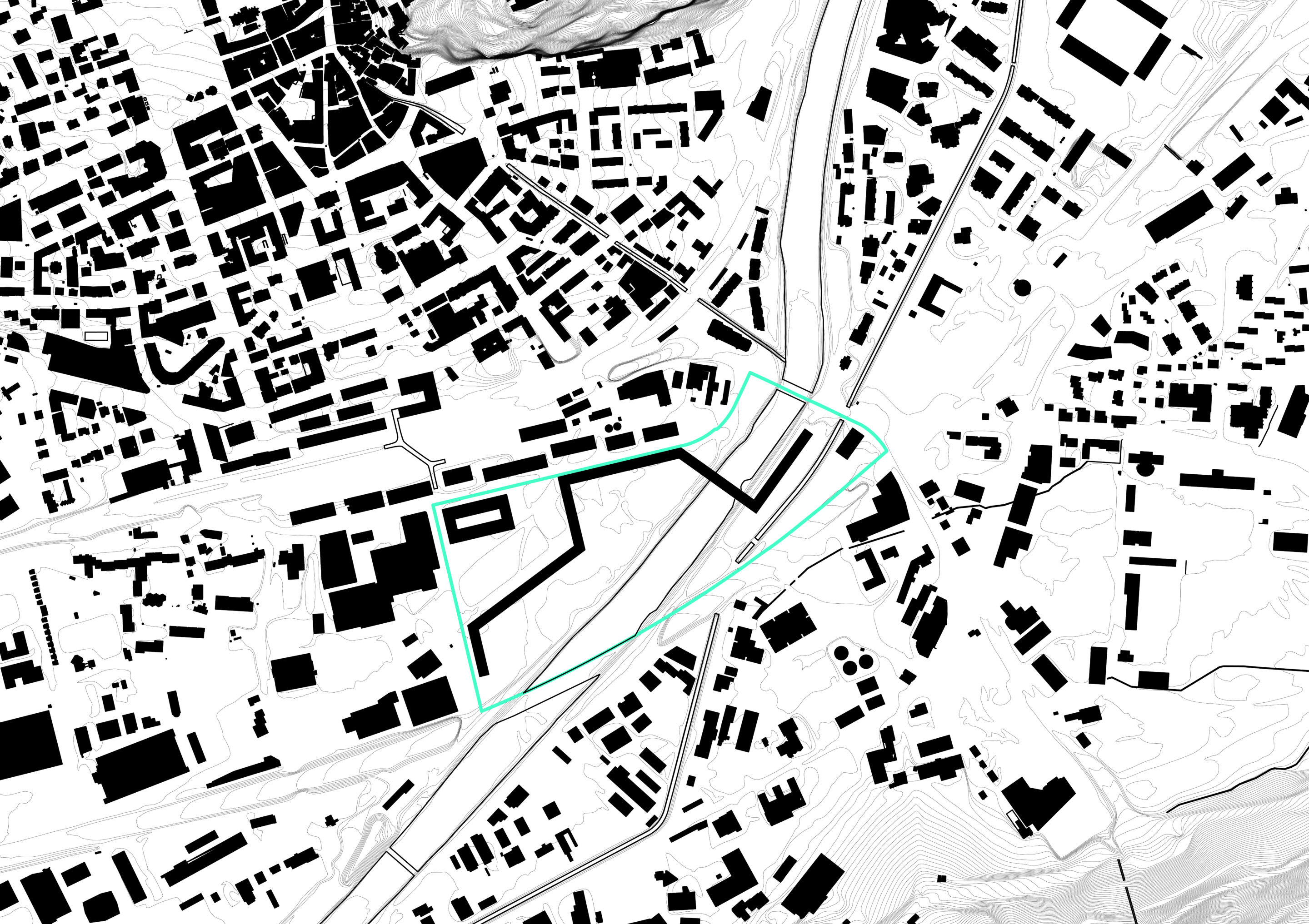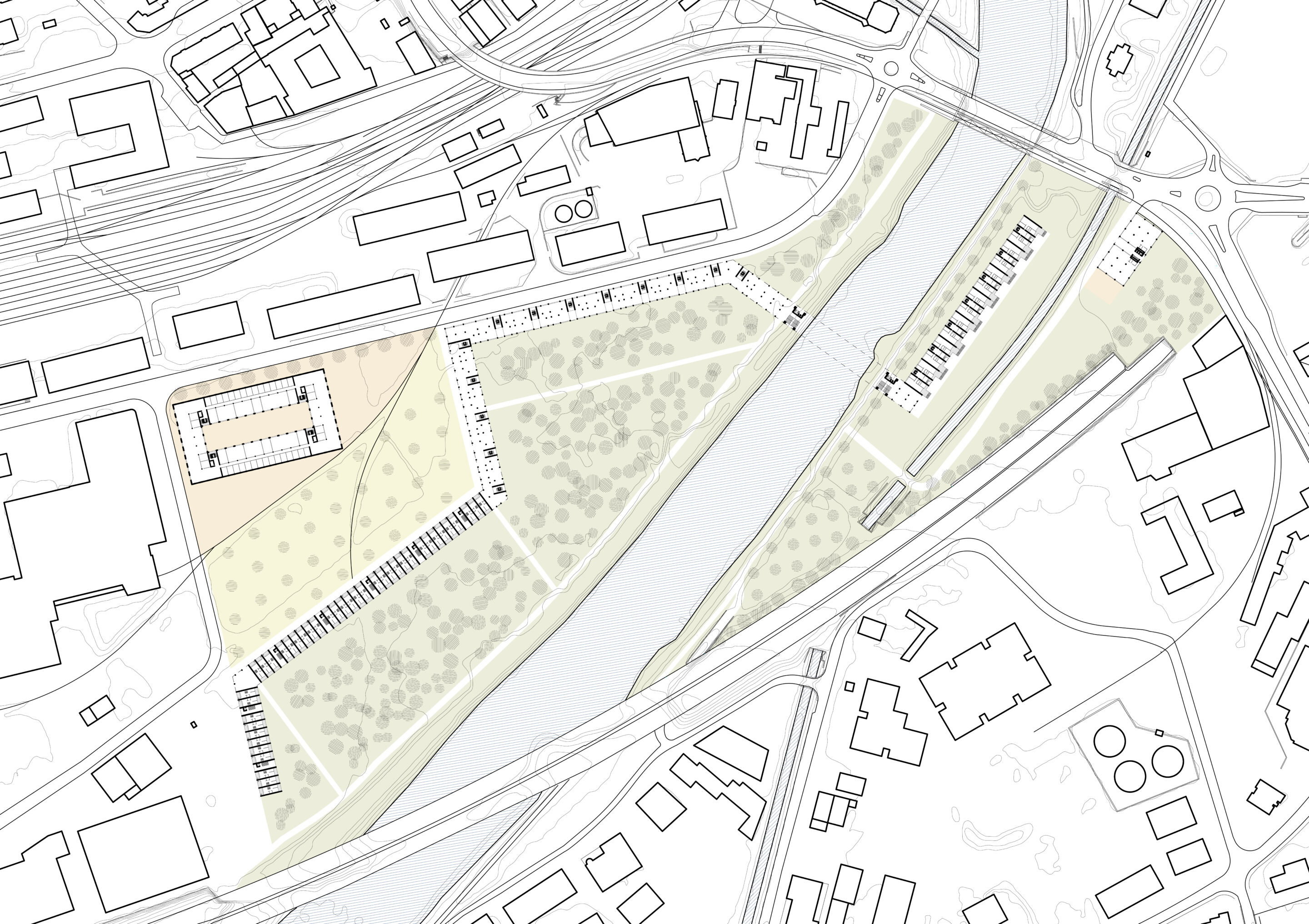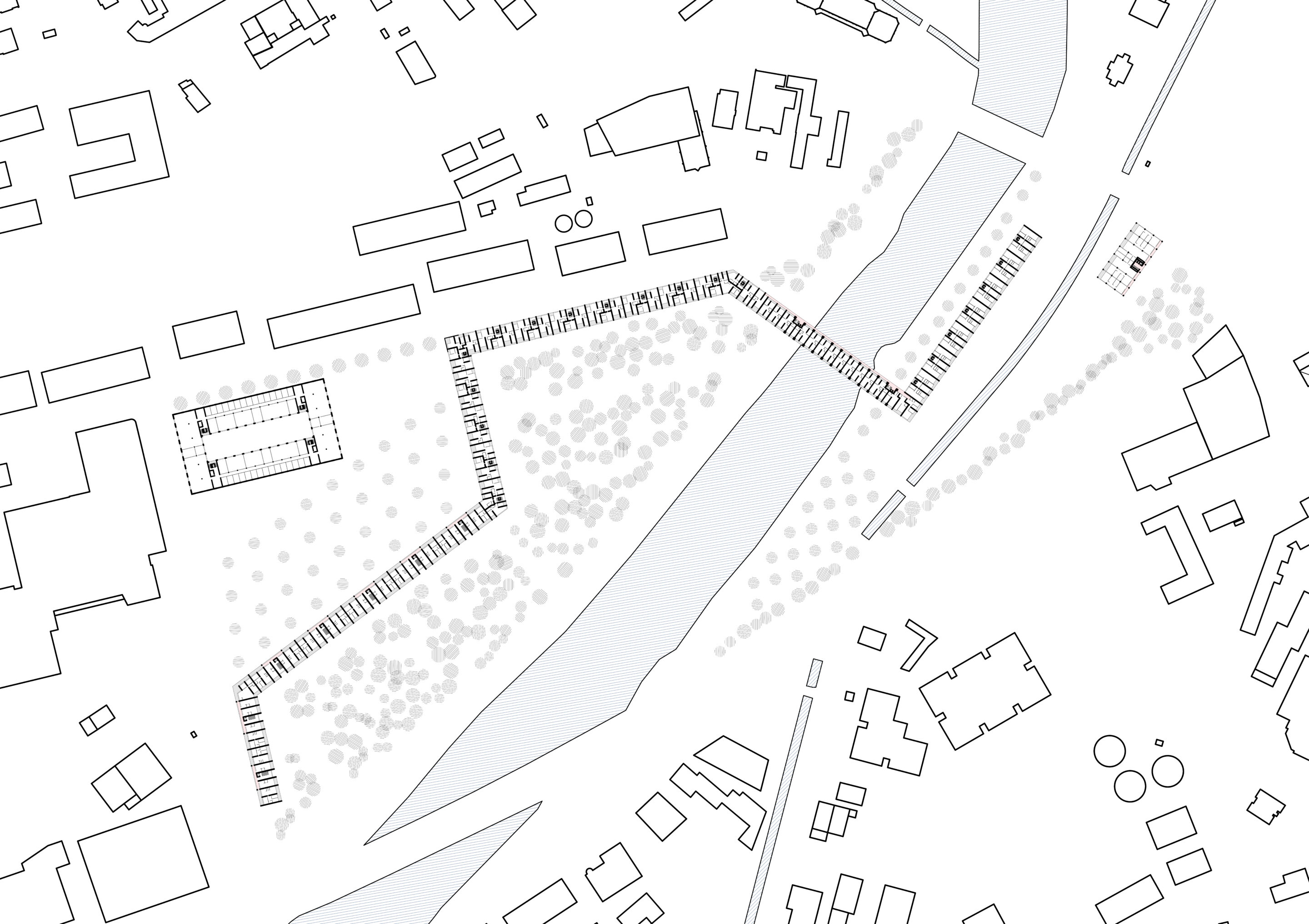Characterized by a heterogeneous and tenuous urban fabric, mainly composed of small- and medium-scale industries, the current situation presents a strong potential of regeneration. The Ronquoz 21 urban planning competition (2019) and the Energypolis Campus currently under construction along the railroad tracks are part of this new dynamics. The Rhône runs through the site, separating the perimeter into a large northern part and a small southern part, where a canal also flows. Characterized by a road environment, the site is bordered by a wide street to the north, a road and railroad bridge to the east, and a highway bridge to the southwest, while two roadways serve each part. The banks of the Rhône have minimally developed paths that are mainly dedicated to pedestrian and bicycle mobility. The strong identity elements of the site consist of a strip of historic orchards and bourgeois gardens at the western limit and a railroad dedicated to freight the northern part.
SI0
Academic year 2018-2019
SI1
The project proposes a transcription of the built morphology of the city center of Sion. It extends it to the edge of the Rhône in order to integrate it into the city. Two families of courtyard blocks are located on either side of the current Route des Ronquoz : both offer quality green spaces in the heart of their built entities, although each enters in dialogue with its own environment. To the north, three large housing blocks relate to the Energypolis Campus buildings and open to the west, extending the existing orchard. To the south, four housing blocks permeable at two points link closely to the riverbank. The two series of blocks each end with a triangular building housing the campus and commercial activities, respectively. The left bank of the Rhône becomes a park where one of the existing buildings – a vestige of the site’s history – is preserved. Through an urban form uniting the historic center and the new neighborhood, this project-based vision requalifies the banks of the Rhône through a long urban riverbank.
Project based on the work of the following students: Fiona Pèpe, Sarah Planchamp, Mathieu Stoppa, San Yun
The prospective attitude weaves sequenced links with the river’s landscape space. It translates into an urban form and an urban structure that are part of a logic of extension of the existing built fabric of the city, thus offering a distributed public space.
SI2
The project presents a built morphology composed of five built entities arranged in a public park that enters in dialogue with the Rhône. The first type of built entity is located at the edge of the right bank of the river. It is identically implanted three times. Completely open on the east side, and partially open on the south side, these urban housing pieces offer privileged views of the valley. The second type – consisting of two buildings linked to the built fabric of the city, to the north and east – includes housing and commercial and business activities. The first building is located along the Rue de l’Industrie, while the second is located on the left bank of the Rhône. The edges of the river – and those of the redeveloped canal – are enhanced through landscaped banks, which form interfaces for access to the water on the right bank of the Rhône. Through a built fabric intersecting different programs and morphologies, this project-based vision renews the relationship to water. The fluvial esplanade on the right bank and its counterpart on the left bank embrace the Rhône.
Project based on the work of the following students: Mélodie Amorim Natario, Marion Beuchat, Duncan Fouchet, Claire Montégudet, Mélinda Papi
The prospective attitude orients and opens up the built fabric of the existing city towards the river’s landscape space. It results in an urban form that alternates between concentrated built spaces and unbuilt public spaces, thus offering a sequenced public space.
SI3
The project presents three buildings: a long and articulated one that crosses the Rhône, a tower at the eastern end of the site, and a block dedicated to the Campus in the northwest corner. Through a rich typological variation, each portion of the elongated form creates specific links with the surrounding context and the larger landscape while marking park’s boundary. The northern building dialogues with the Rue de l’Industrie, an orchard and an urban square, while the tower addresses both the Rue de la Dixence and the park. Generous landscaped banks, open to the park, contribute to the requalification of the riverbanks. Through a built fabric including as far as possible the different programs in a unitary urban gesture, this vision transforms the relationships with the Rhône. The vast fluvial park which develops on both banks embraces and enhances the Rhône.
Project based on the work of the following students: Aurélien Duchier, Luana Ferrari, Allan Lambelet, Roberto Rossi, Deborah Zanolo
The prospective attitude deploys a river frontage that is permeable to the built fabric of the existing city. It translates into a large-scale urban form that enters in dialogue with the larger river’s landscape, thus offering an amplified public space.


